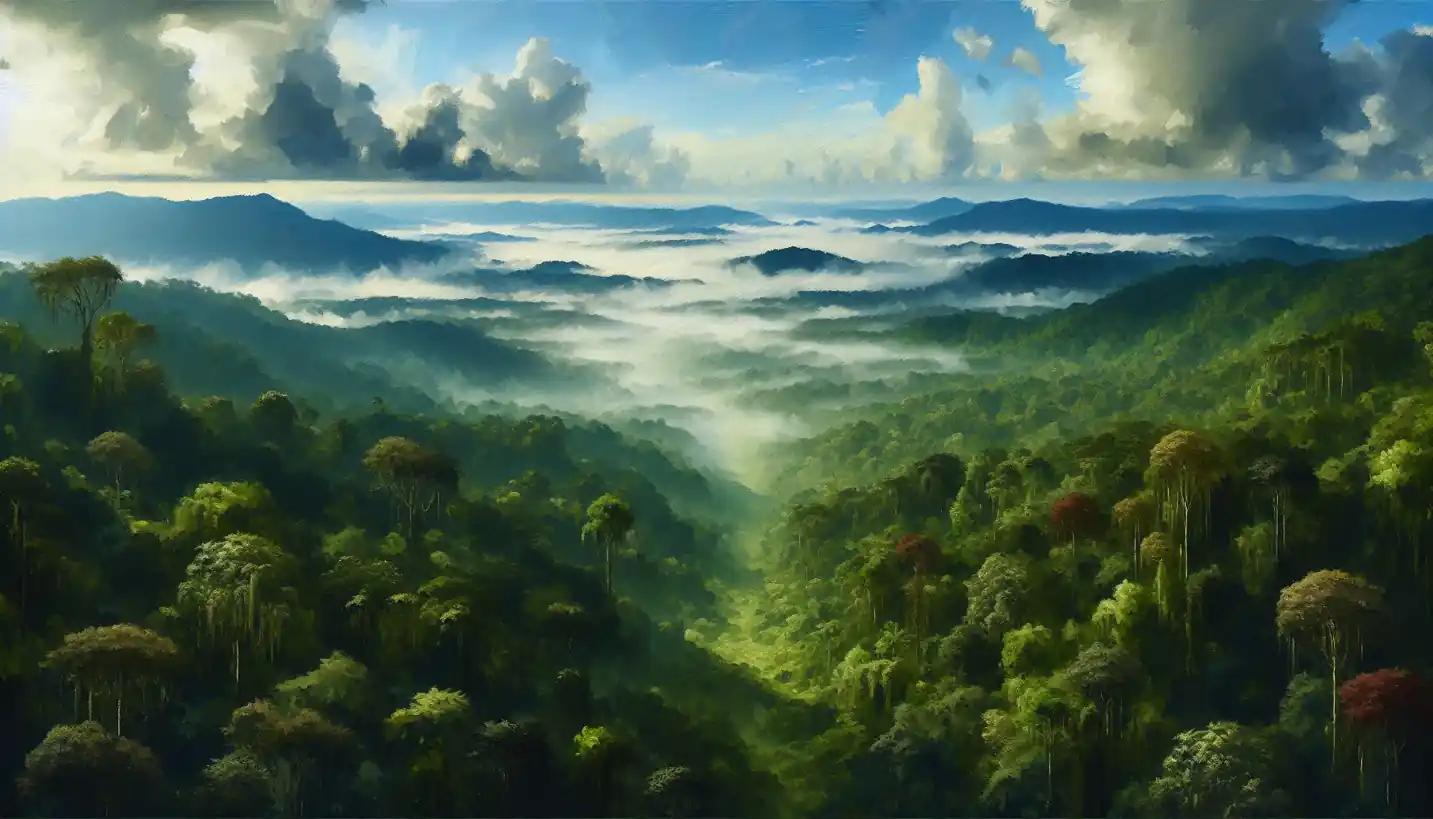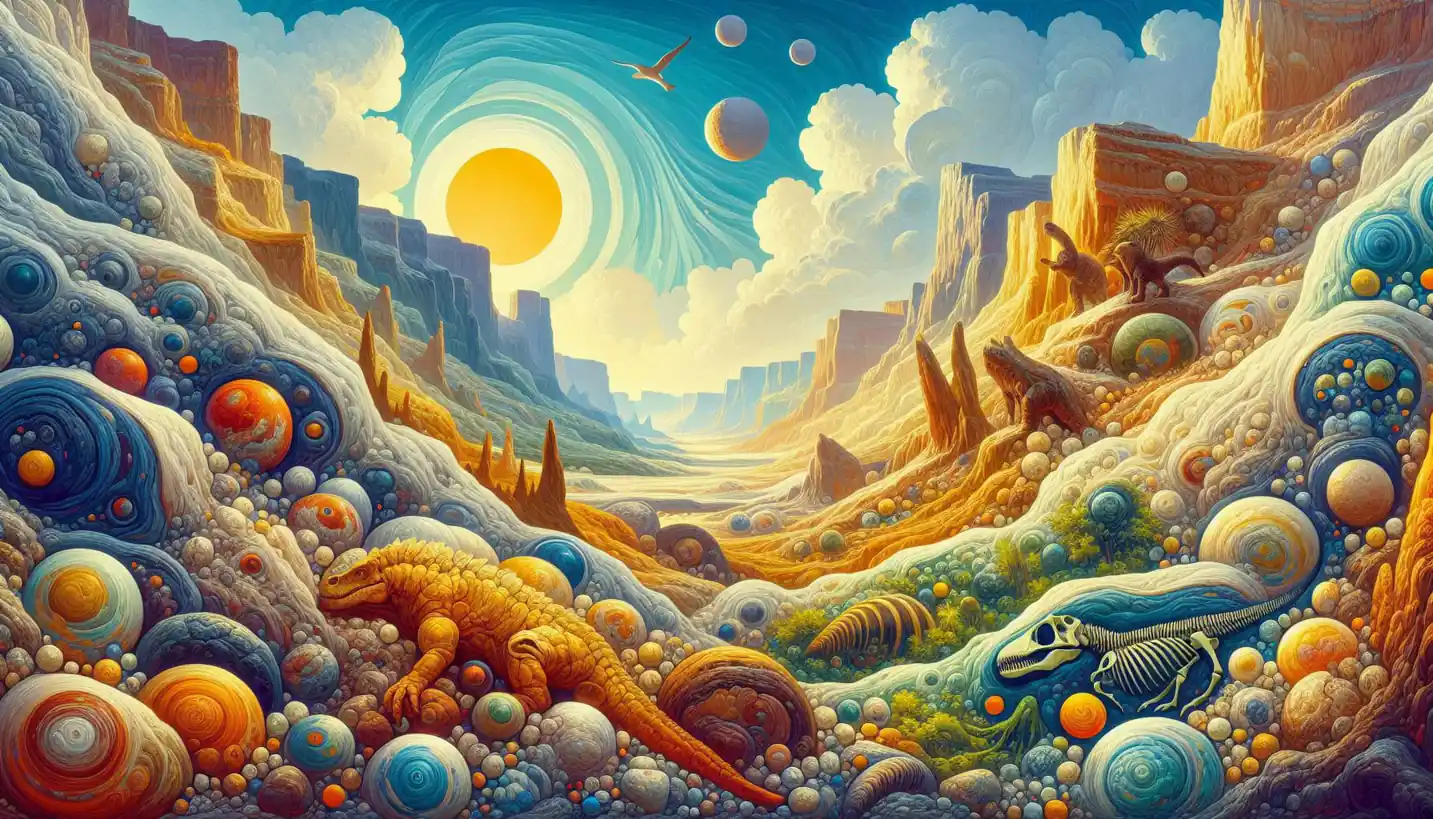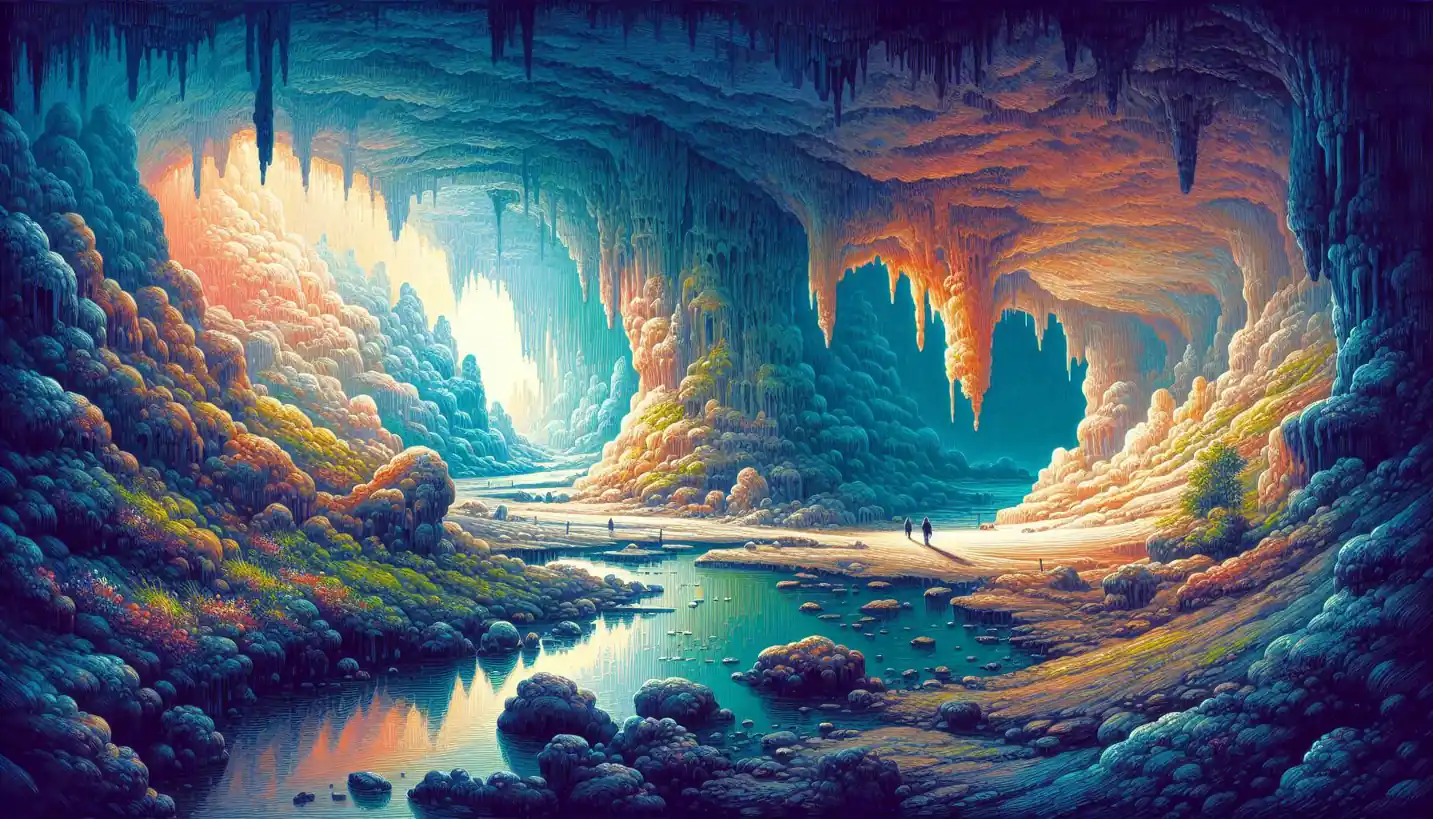· Earth Science · 4 min read
Panspermia: A Cosmic Tale of Life's Journey
Panspermia presents a cosmic tale, suggesting that life’s journey could begin in the stars, traveling the universe.

Once upon a time, deep in the cosmos, the idea of panspermia was born. This intriguing concept suggests that life on Earth might not have started here at all. Instead, it proposes that life—or the building blocks of it—came from outer space. Sounds like something out of a science fiction story, right? But let’s dive deeper to understand this fascinating theory that has enchanted scientists and dreamers alike.
Imagine looking up at the night sky and seeing a shooting star. Many people make a wish upon it, but some scientists see more than just a speck burning up in Earth’s atmosphere. They wonder if that tiny piece of rock could carry a secret cargo: the seeds of life.
The Cosmic Delivery System
Panspermia takes us on an astronomical journey, thinking of space as a giant delivery system. Sometimes, asteroids and comets collide with planets, kicking up dust and rocks. These particles, potentially carrying microscopic life or organic compounds, might then travel across the solar system—or even between star systems.
But how could life survive such a journey? It’s an extreme road trip, after all, with radiation, vacuum, and frigid temperatures. Some researchers point to bacterial spores found on Earth that can endure harsh conditions, suggesting life might hibernate during space travel. It’s like packing for a long trip with everything you need to stay safe and snug.
Historical Roots of Panspermia
The concept of panspermia isn’t new. An ancient Greek philosopher, Anaxagoras, hinted at similar ideas centuries ago. Fast forward to the 19th and 20th centuries, scientists like Svante Arrhenius began to seriously consider and develop the hypothesis. Arrhenius proposed that tiny life forms could be propelled through space by light pressure, like cosmic hitchhikers catching a ride on solar winds.
Modern Exploration and Evidence
In recent years, panspermia has gained traction, not as a definitive explanation, but as an intriguing possibility. Astrobiologists are keenly interested in meteorites—especially those found to contain amino acids, the very building blocks of life. These discoveries suggest that complex organic compounds can indeed form in space and potentially find their way to planets.
Space agencies are also exploring this idea. Missions to moons like Europa and Enceladus, with their hidden oceans, aim to uncover signs of life and perhaps even clues to panspermia. If life exists elsewhere, it might bolster the argument that life’s building blocks can travel through the cosmos.
Water Bears: Models of Resilience
If you think about life’s resilience, you might find the humble water bear, or tardigrade, particularly inspiring. These tiny creatures have survived the harsh vacuum of outer space during experiments, awakening upon return to Earth as if nothing happened. They serve as a model for how life might endure in the harshness of space during a panspermia journey.
A Tale of Two Possibilities
Panspermia could work in two main ways: One is interplanetary, where life is swapped between planets in the same star system. Imagine an asteroid impact on Mars ejecting rocks with life, which then make their way to Earth. The other is interstellar, involving travel between different star systems.
Both scenarios involve extreme improbabilities but remain scientifically possible. Earth, with life thriving almost everywhere, from deep ocean vents to frozen mountains, might have received its first biological hints from these cosmic wanderers.
Why It Matters: The Search for Alien Life
This hypothesis raises more questions than answers, which is part of its allure. If life exists elsewhere, are we all connected in some grand, cosmic web? Could Earth be a kind of galactic melting pot for life? Panspermia challenges us to think beyond the blue marble we call home and consider our place in the universe.
As missions to Mars and beyond continue, the search for microbial life takes on new dimensions. Discoveries of water ice and organic molecules on other planets and moons suggest the ingredients for life are widespread. If panspermia holds any weight, life might be more common—though not necessarily intelligent life—throughout the galaxy.
Looking Forward: The Future of Panspermia
Contemplating panspermia invites us to think about the future of space exploration. Could humans, inadvertently or intentionally, trigger a new wave of panspermia as we explore other worlds? The ethical and scientific implications are fascinating to ponder.
In this grand cosmic tale, panspermia suggests that we might be part of a universe teeming with life, its seeds planted across the cosmos over eons. As we dream of space travel and Mars colonies, panspermia may serve as a reminder that life’s journey is not limited to a single planet.
Ultimately, panspermia is more than just a theory; it’s a story that invites us to explore, dream, and understand the interconnectedness of life itself. Whether or not life began here or was gifted from the stars, one thing is certain: the universe is full of mysteries waiting to be uncovered.



